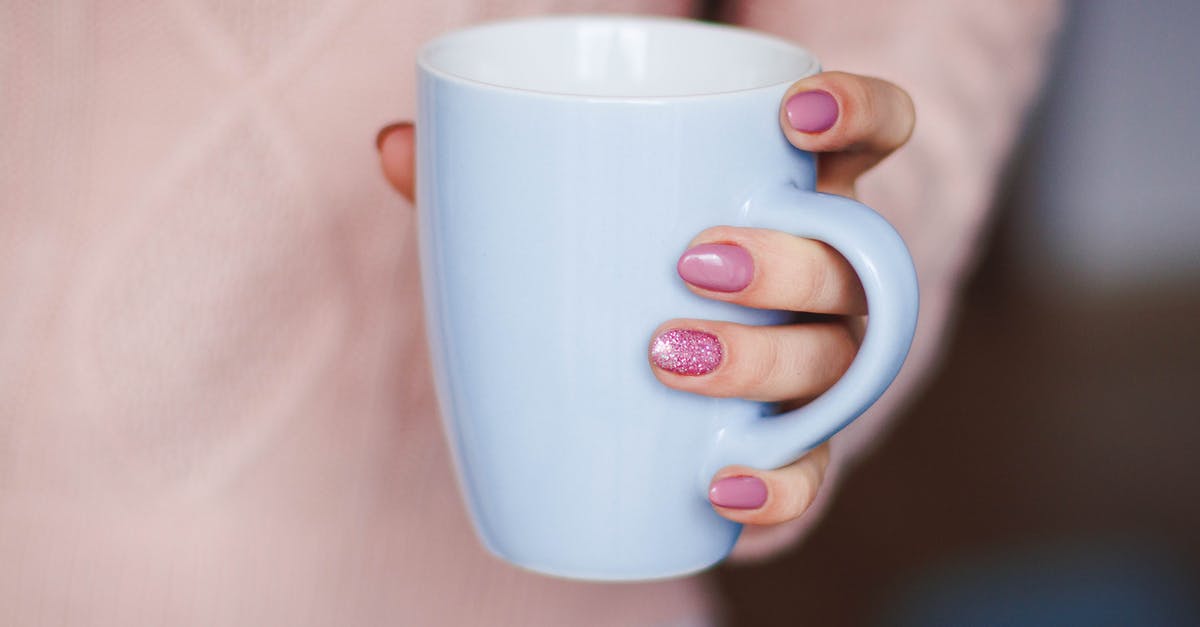How to clean ginger for tea

I have recently taken up making homemade ginger tea. I am living in Korea and most produce is very dirty and has to be cleaned. The ginger is very..curvy with small lumps all over it.
I find it very hard to peel and clean..it seems to take forever. Is there an easier way?
There are some black spots on the outside of my ginger. Can I just cut them off and continue to eat the clean portions?
Best Answer
I drink ginger tea many times a day, so I purchase large pieces of ginger. They always have nubs, bumps and curves, as they are actually the root, or rhizome, of the ginger plant, and that's how they grow. I don't have one on hand at the moment or I'd do a pictorial demonstration.
I call the sections that jut out from the large piece "fingers" because the big piece sometimes looks like a hand. I have no idea what the technical term is! Sometimes before peeling I break off some of those fingers, especially if they're very tight with little or no ability to get in between them. My peeling method is the same, I just do more separate parts at a time.
My favorite way by far to peel ginger is by scraping it with the edge of a spoon. It works in a similar way as a carrot peeler or paring knife, but is much easier because the spoon slides over and around the nubby parts, and gets into those v-shaped bends. Also, it takes off just the thin outer skin while leaving you with the most amount of ginger.
I'll explain one method, and once you see how easy it is you can customize the same basic idea, without needing to strictly follow my directions.
Hold the spoon with the side against the ginger, with the inside of the round part facing you. Tip the spoon gently on its edge and scrape towards yourself in such a way as to gather the peel inside the spoon. Clean off the spoon with your hand once the skin covers the spoon or gets in your way. You can scrape with the spoon faced the other way, but I find it harder to handle and not as efficient.
You can do short, quick motions, or long scrapes if there are large sections that aren't bumpy.
When I'm all done, I'll use my fingernails to get at any left over cracks and crevices. You don't have to worry about leaving those bits. As others have said, peeling isn't even necessary, but I'm kind of obsessive about it!
As for the black spots, I don't know if there's a general rule, so I don't want to steer you in a wrong direction, but I'm with JoseNunoFerreira in terms of removing them. Many times they're just dirt, as ginger is grown underground and, at least in the United States, undergoes minimal handling on the way to the market. If I can rub the black off easily with my finger, or if it smells like the earth, I feel pretty sure that it's dirt. I cut that section off to the point where all the black is gone, and use the rest.
However, if there's any trace of mold anywhere, I throw the whole piece out. A lot of people I know just cut off the moldy areas, but I always err on the side of what I know to be safe, which to me means no mold!
I also remove those nubs, or any other area, including the ends, if they're shriveled. While not necessarily unsafe, it means they're dried out and won't make yummy tasting tea anyway. They're also hard to peel. Just cut or break those off.
I agree with Dorothy that frozen ginger can be much easier to peel. I don't freeze mine very often, but when I do, I use the same spoon method for peeling. That's just my preference, because I'm less coordinated and not very good at handling a microplane! Perhaps that could be a trial and error thing for you.
Pictures about "How to clean ginger for tea"



Does ginger need to be cleaned?
Leaving the peel on reduces food waste because you're using the entire ginger root. You'll inevitably lose perfectly good bits of ginger flesh while peeling. If it's a cleanliness issue for you, just thoroughly wash the ginger before you use it.Does ginger need to be peeled for tea?
You don't need to peel it first, but do rinse it and scrub off any visible dirt. Plan on about using about a one-inch piece of ginger per cup of tea. In a saucepan, combine the ginger with fresh water (use one cup of water per serving). Bring the mixture to a boil over high heat.How do you peel ginger for tea?
I've found the best way to peel ginger is with the edge of a spoon. To do so, simply hold the ginger root in one hand and use the round edge of a teaspoon to scrape away the thin skin, getting in all the nooks and crannies.Immune Booster: 2 Minute Lemon Ginger Tea
More answers regarding how to clean ginger for tea
Answer 2
I believe that ginger doesn't absolutely require peeling.
I have washed it thoroughly and chopped it finely for infusion in the past, with no noticeable flavor alterations..I suppose it's not harmful.
If the black spots are dirt or mold, I'd remove them.
Extra credit:
This is described widely online, ginger is not recommended (in high doses, at least) while:
- you are pregnant
- you have diabetes
- you have a heart condition
This is likely to be an issue if you drink ginger tea every/most days, and probably fine if you do it only a couple times a week.
Answer 3
To address your question regarding storage, it's recommended that you put the unpeeled ginger root in a resealable plastic bag, with the air pushed out, in the crisper drawer of the refrigerator. That said, I'll confess to storing mine in the freezer in a ziplock bag, and microplane grate the unpeeled root when needed (a breeze when frozen).
Sources: Stack Exchange - This article follows the attribution requirements of Stack Exchange and is licensed under CC BY-SA 3.0.
Images: Monstera, Andrea Piacquadio, Valeria Boltneva, Andrea Piacquadio
